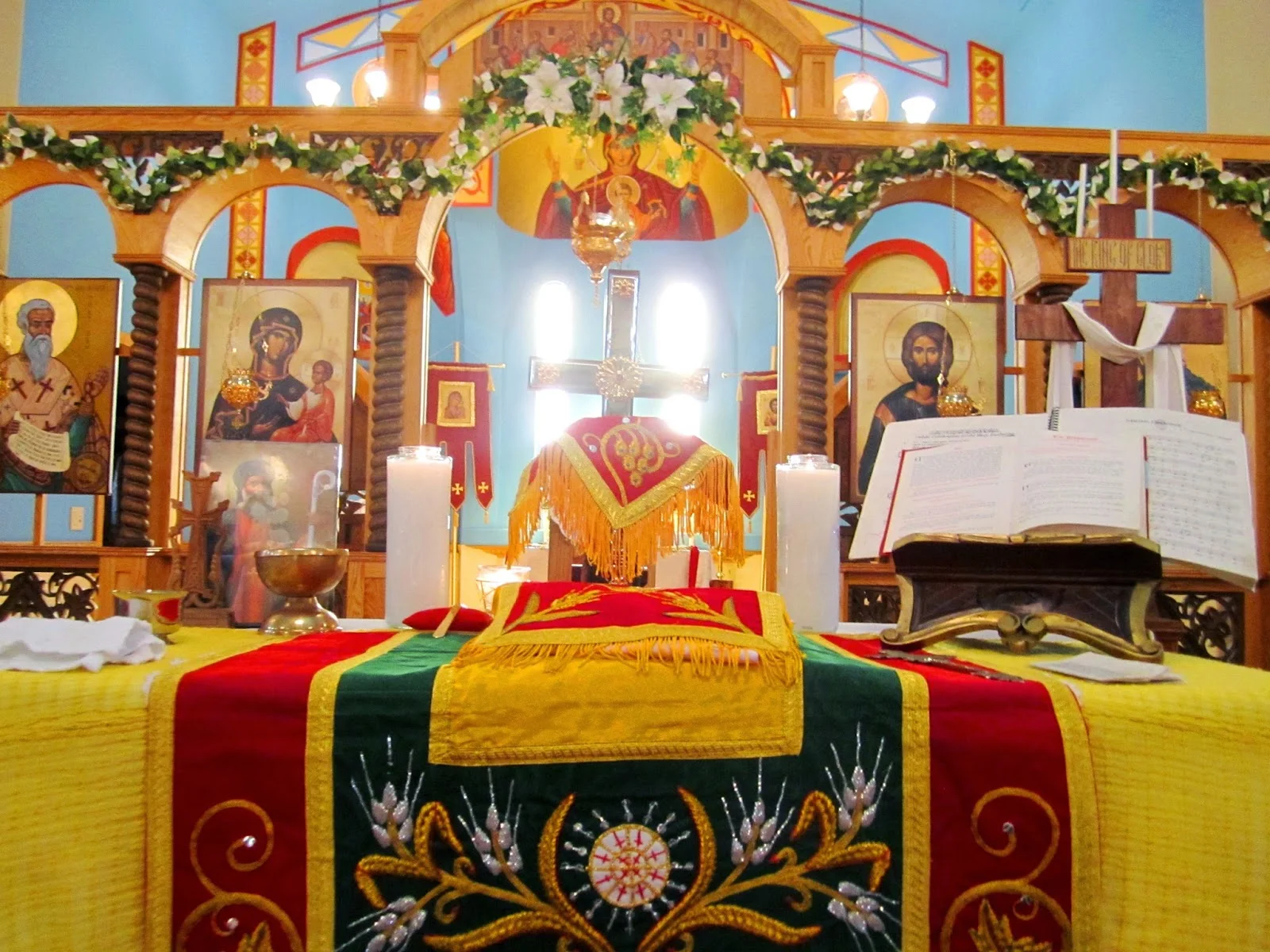It is said that what we say will last a hundred years but what we do will last for a thousand. The idea is that what we do has more value that what we say.
Feast of the Holy Transfiguration
If we take all the stars and planets of the universe and place them on one end of a balance scale and on the other side stands Jesus. Jesus outweighs them all. I say this illustration to demonstrate that Jesus is greater and more important than anything in the universe, and the universe itself. When we think of something vast and great, we often think of the universe. But have we ever thought of how great Jesus is?
The Body and Blood of Christ
It would seems strange for someone who is not an Orthodox (or Catholic) Christian to consider the contents of the Cup and Plate, placed on the Altar, inside an Orthodox Church, to be the actual Body and Blood of Christ. Those who oppose this idea have difficulty explaining why Christ was so exact and precise about eating His Body and drinking His Blood. In other words, there is not way to “weasel” our way around it. In this context here is no room for “second guessing” or other interpretation. That is, the text speaks for itself; it interprets itself.
Making Assumptions
The Everyday Qurbana
The Orthodox Christian Church identifies that there are seven Holy Sacraments; nevertheless, it is also understood that all that is good and profitable for our souls is a Sacrament. For example, waking up in the morning and giving thanks to God can be considered a Sacrament. In other words, we can rightly say that life is a sacrament. From this perspective, the Malankara Orthodox Church sees the Qurbana in the same way. For most Malankara Orthodox Christians, Qurbana is an exclusive experience reserved for Sunday, particularly when the Priest recites the Words of Institution, “blessed, consecrated, broke….” This reminds the faithful of the reality that Christ instituted the Qurbana so that we might receive his precious Body and Blood every time we celebrate it.






